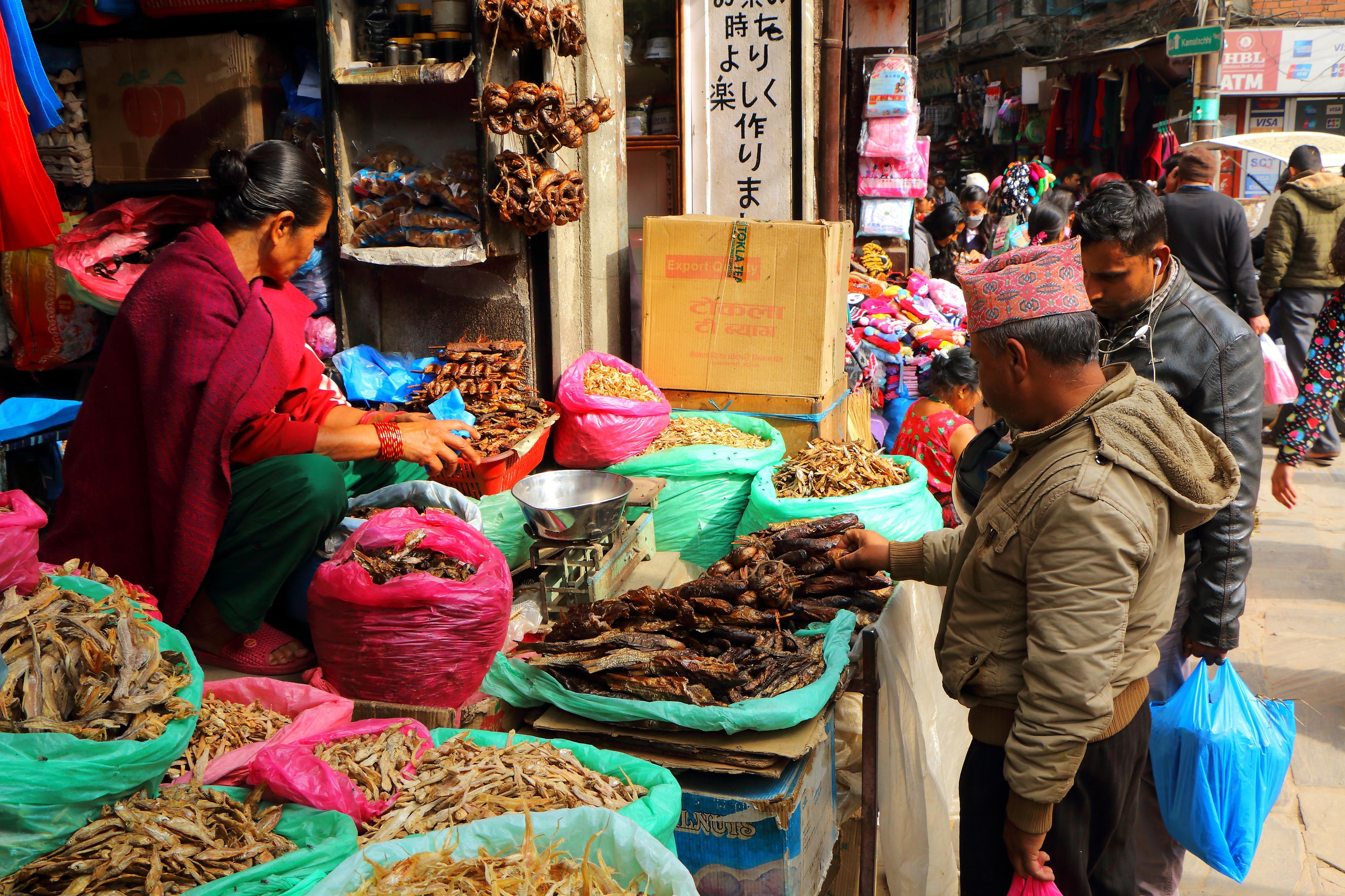Economic situation Recovering from the effects of the pandemic
From 2009 to 2019, Nepal’s economy grew by an average of 4.9 per cent a year. Following the downturn (minus 2.4 per cent) in 2020 caused by the pandemic, 2021 saw growth back up at 4.2 per cent. The World Bank predicted a significant upturn in 2022 (5.8 per cent) and growth continuing at around 5 per cent with inflation falling slightly in the following years.
Every Nepalese government in the past few years has endeavoured to liberalise Nepal’s economy, achieve pro-poor economic growth that generates jobs, reduce the wide urban-rural gap and rebuild the country’s ruined infrastructure. However, Nepal’s development is being held back by its political situation with frequently changing coalitions, its cumbersome bureaucracy, the fluctuating quality of the energy supply, an inadequate education system and a shortage of skilled labour.
Workers living abroad support their families
Remittances from the many Nepalese workers employed abroad – chiefly in India, Saudi Arabia, Qatar and the United Arab Emirates – form a key pillar of Nepal’s economy. Financial transfers from migrant workers account for around a quarter of Nepal’s gross domestic product, and have contributed significantly to the reduction in poverty in recent years. Since 2005, Nepal has received more foreign currency through remittances than through exports and foreign direct investment combined.
Nepal is an agrarian country, with predominantly subsistence-based agriculture. Although only a small percentage of the land area is suitable for farming, and agriculture is heavily dependent on the monsoon, almost two thirds of the country’s working population is engaged in this sector. The increasing tendency to also cultivate land that is unsuitable for agricultural use has led to soil erosion in many places, which in turn has led to a greater risk of landslides and severe flooding.
The situation is further aggravated by global climate change. As a result of global warming, glaciers in the Himalayas are melting. This leads to floods, and to changes in rainfall patterns, which then has a negative impact on the agricultural sector, for instance in the shape of more frequent storms and droughts.
As at: 10/02/2023
